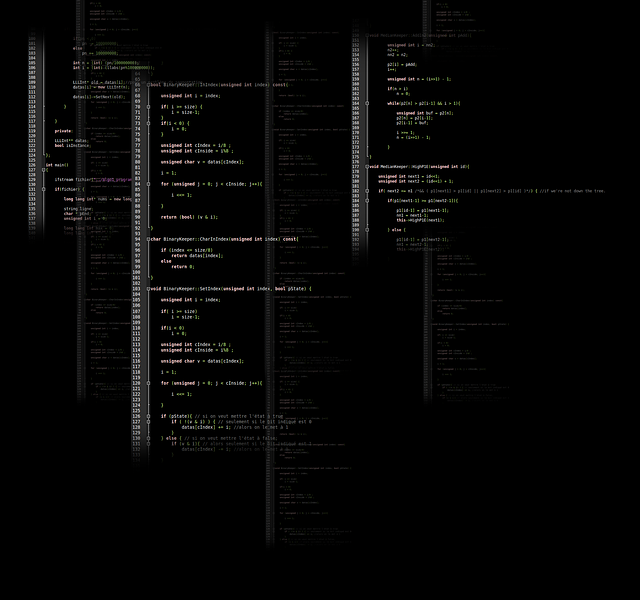Botox and dermal fillers are popular non-surgical treatments for anti-aging, each targeting distinct concerns. Botox, derived from bacteria, relaxes muscles to reduce dynamic wrinkles, especially on the forehead and around eyes, with minimal downtime and consistent results lasting 3-6 months. Dermal fillers enhance facial contours by adding volume using hyaluronic acid substances, offering immediate but temporary results lasting 6 months to 2 years. The choice between them depends on individual needs: Botox for preventing muscle-related wrinkles and dermal fillers for restoring volume loss. Safety, cost, and maintenance frequency are key considerations in deciding between these two non-invasive cosmetic procedures.
“Uncover the secrets to achieving a youthful forehead with our comprehensive guide to Painless Forehead Line Botox. We explore the aesthetics landscape, delving into the differences between Botox and dermal fillers—two powerhouse treatments in wrinkle reduction.
This article offers an insightful journey, starting with understanding these procedures and their unique benefits. We dissect how Botox works for targeted forehead line correction, then present dermal fillers as an alternative. Furthermore, we weigh safety, cost, and maintenance considerations, helping you make informed choices between these popular anti-aging solutions.”
Understanding Botox and Dermal Fillers: Unveiling the Differences

Botox and dermal fillers are both popular non-surgical cosmetic treatments, but they target different concerns and work in distinct ways. Botox, a type of protein derived from bacteria, is primarily used to temporarily relax muscles, reducing the appearance of wrinkles and fine lines, especially on the forehead and around the eyes. This makes it ideal for dynamic wrinkle reduction. On the other hand, dermal fillers are hyaluronic acid-based substances injected into the skin to add volume and enhance facial contours. They plump up areas like the cheeks, jawline, or lips, providing a more structured and defined look.
While both procedures aim to improve one’s appearance, their effects and application methods differ significantly. Botox focuses on muscle relaxation for wrinkle minimization, while dermal fillers add volume and shape by integrating into the skin’s natural structure. Understanding these differences is crucial when deciding between these treatments, as it depends on whether you seek dynamic wrinkle reduction or volumizing enhancements.
The Appeal of Painless Forehead Line Botox: A Comprehensive Overview

The appeal of Painless Forehead Line Botox lies in its ability to offer a non-invasive, effective solution for reducing the appearance of fine lines and wrinkles on the forehead—a common concern for many individuals seeking to maintain a youthful look. Unlike surgical procedures, Botox provides a gentle approach to skincare, eliminating the pain and recovery time associated with more aggressive treatments. This appeal is further heightened when compared to dermal fillers, another popular anti-aging option. Fillers involve injecting substances like hyaluronic acid into the skin to add volume, which can lead to temporary redness, swelling, and even asymmetry if not administered correctly. Botox, in contrast, relaxes the muscles responsible for causing wrinkles, offering a more subtle yet effective result without these potential side effects.
Its popularity stems from the desire of many to combat aging signs discreetly and naturally. A Painless Forehead Line Botox treatment is quick, typically taking just 15-30 minutes, making it an attractive option for busy individuals seeking immediate results without disrupting their daily routines. Moreover, the procedure’s non-permanent nature means patients can enjoy the benefits for several months before needing a touch-up, providing flexibility and control over their appearance.
How Botox Works: Targeting Forehead Lines Effectively

Botox, a neurotoxin derived from bacteria, has revolutionized cosmetic procedures by offering a non-surgical solution for various skin concerns. When injected into specific muscle groups, it temporarily paralyses them, reducing the ability to contract and form wrinkles. In the case of forehead lines, Botox is strategically administered to target the frontal frown lines and expression lines between the eyebrows, effectively smoothing out the skin’s appearance.
Unlike dermal fillers that add volume, Botox works by relaxing the muscles responsible for creating wrinkles. This makes it a preferred choice for individuals seeking a subtle yet noticeable reduction in fine lines and wrinkles without altering the natural muscle movement of the face. When compared to dermal fillers, Botox provides a more targeted approach, making it ideal for addressing specific areas like forehead lines, while also offering longer-lasting results, typically lasting between 3 to 6 months, depending on individual factors.
Exploring Dermal Fillers: An Alternative Approach to Wrinkle Reduction

While Botox is a popular choice for forehead line reduction, another effective method to combat wrinkles is through dermal fillers. Unlike Botox, which works by paralyzing muscles, dermal fillers involve injecting substances like hyaluronic acid or collagen into the skin to add volume and smooth out fine lines and wrinkles. This alternative approach offers several advantages, particularly for those looking for a more immediate result. Dermal fillers can provide a noticeable improvement in facial contours, making them an appealing option for individuals seeking a non-invasive solution with quick turnaround times.
When considering Botox vs dermal fillers, the choice often depends on individual preferences and specific concerns. Botox is ideal for preventing dynamic wrinkles from forming due to muscle contraction, while dermal fillers excel at restoring volume loss and correcting static wrinkles. Both methods have their merits, and consulting a dermatologist can help determine which technique aligns best with your desired outcomes and lifestyle.
Benefits and Considerations for Painless Forehead Line Botox

Botox has emerged as a popular non-invasive cosmetic procedure, particularly for smoothing expression lines on the forehead. One of its key advantages is the painless experience it offers compared to traditional injections. This method involves injecting a small amount of Botox into specific muscles, relaxing them and reducing the appearance of dynamic wrinkles. Unlike dermal fillers, which add volume, Botox works by preventing muscle contraction, making it ideal for fine lines and crow’s feet.
When considering Botox over dermal fillers, patients often prioritize its ability to soften facial expressions without adding substance. It’s a quick procedure with minimal downtime, making it an attractive option for those seeking subtle enhancements. However, results are temporary, typically lasting 3-6 months, which is lower than many filler products. This requires regular treatments for maintenance, but for many, the convenience and natural look outweigh these considerations.
Safety, Cost, and Maintenance: A Comparative Analysis with Dermal Fillers

When comparing Botox and dermal fillers for forehead line treatment, safety stands out as a key consideration. Both procedures have established track records, but Botox, when administered by a qualified professional, is generally regarded as safer due to its localized effect. Dermal fillers, while effective in smoothing wrinkles, carry a slightly higher risk of adverse reactions, such as asymmetry or temporary discomfort in surrounding areas.
Cost-wise, Botox tends to be more affordable for forehead line treatment compared to dermal fillers. The price difference is notable, with Botox sessions often costing less per unit of treatment. However, the effects of Botox are temporary, typically lasting 3-6 months, whereas dermal fillers can provide longer-lasting results, ranging from 6 months to a couple of years. Maintenance frequency and overall cost over time should be considered in this comparison, as repeated treatments are necessary for both procedures to maintain desired results.
